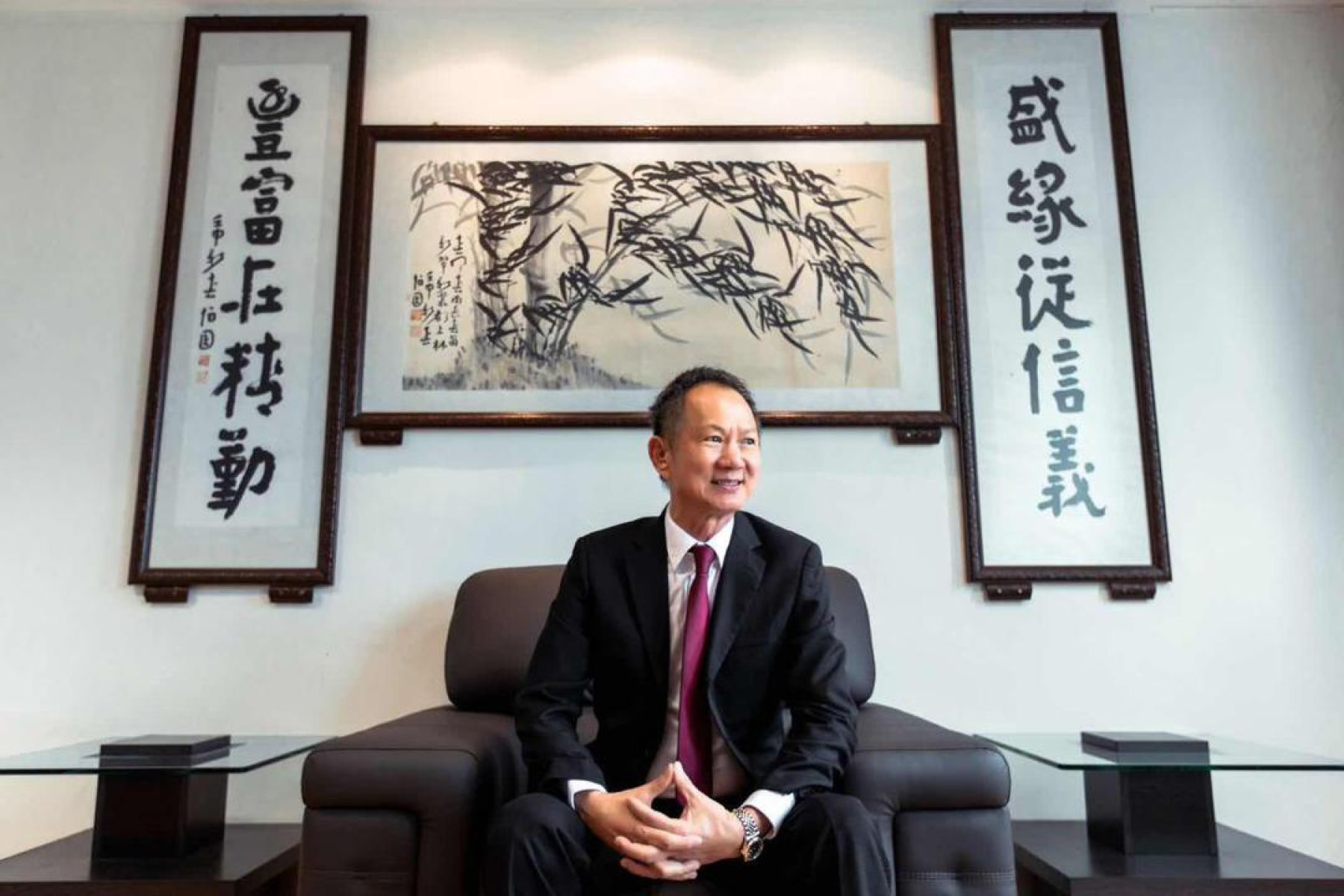Language
You can read the magazine in one of the following languages
When Seng Fong Holdings was listed on the main market of national stock exchange Bursa Malaysia on 7 July 2022, it became the first block rubber producer in the country to do so. Now, more than a year on, it is still the only one, says Managing Director Er Hock Lai.
It’s a sign of the company’s standing in Malaysia’s almost 150-year-old natural rubber industry, with the country the sixth-highest producer of natural rubber in the Asia–Pacific in 2022. The industry itself contributed approximately $US1.6 billion to Malaysia’s gross domestic product over the course of the year.
Meanwhile, Seng Fong Holdings’ own share of block rubber exports in 2022 accounted for 12.3 percent of the 0.98 million metric tons of Malaysian export volume.
With more than three decades of expertise now amassed, the company is made up of two subsidiaries: Seng Fong Trading, which is involved in the investment holding and trading of various grades of natural rubber, and its main business Syarikat Tenaga (Gemas), which is involved in the processing and sale of natural rubber.
Indeed, when Er formed the company in 1986, it was, as he describes it, “small and humble”.
“We were processing about 3,000 metric tons per annum in 1986,” he tells The CEO Magazine.

“We are targeting an increase of our output, our production, to 250,000 metric tons by the year 2035.”
At the time of the listing, Seng Fong Holdings’ production capacity sat at 142,000 metric tons per year, a figure that increased to 166,000 metric tons in the last financial year.
There’s no question that Seng Fong Holdings has already achieved growth of phenomenal scale, but its ambitions are bigger yet. “We are targeting an increase of our output, our production, to 250,000 metric tons by the year 2035,” Er says. “But we are very confident that we’ll be able to achieve this much earlier than 2035.”
Hitting these hefty targets in a way that is sustainable is another major priority for Seng Fong Holdings, as it seeks to fulfill its corporate responsibilities in terms of ESG as a listed company, with green energy a particular focus.
As part of this, in March 2022, the company commissioned a new solar photovoltaic (PV) system, taking its tally to two.
“We have total of two solar PV systems at our production facilities, one at 1.9 megawatt peak and another one at 2.3 megawatt peak,” Er says.
“So a total of 4.2 megawatt peak is supplying about 25 percent of our total electricity usage, meaning we’re looking at savings of approximately US$543,000 per annum to the whole electricity cost.”

Through these energy endeavors, Seng Fong Holdings has succeeded in saving the equivalent of 477,000 trees, with around 8,700 metric tons of CO2 savings.
“Our yearly estimation is that we’re going to save 5,800 metric tons of CO2 and the equivalent of 316,000 trees per year through solar energy,” he adds.
Biomass is another area the company is exploring in order to transform its traditional operations, with the renewable energy source diminishing the company’s reliance on diesel.
“In the past, we used diesel, which is a fossil fuel, to dry our rubber,” he explains. “So we replaced it with biomass in the form of wood chips – a byproduct of the sawmill,” he says.
This switch has required the installation of two biomass systems – one at a 4.8 million kilocalorie capacity and another at 7.2 million kilocalories to generate gas and heat subsequently. “We’ll be fully replacing diesel as a fuel source so we estimate to see finance savings of about US$1.5 million per annum in total,” he says.
Seng Fong Holdings has put into motion another major initiative, which promises to yield both green and financial benefits – an investment in smart processing, Er explains, as the integration of hardware and software.
More specifically, this means the phasing in of robotic arms to carry out work once done solely by humans, a transition expected to reduce its workforce needs by at least 50 percent.

“We work very hard with our strong management team and stay focused in our core business.”
“Instead of using operators, we’ll be using motorized parts to move the trolleys. Currently we’re using operators to drive the forklifts, but after the automation implementation we’ll be using automated guided vehicles,” he says.
“So we’ll be transferring all our rubber to the designated processing section of the factory and then it will be removed from our trolleys by robotic arms instead of operators.”
However, Er is quick to stress these measures do not belittle the value of people to the company.
“We work very hard with our strong management team and stay focused in our core business,” he stresses. “This will help us achieve whatever challenge we take on.”
